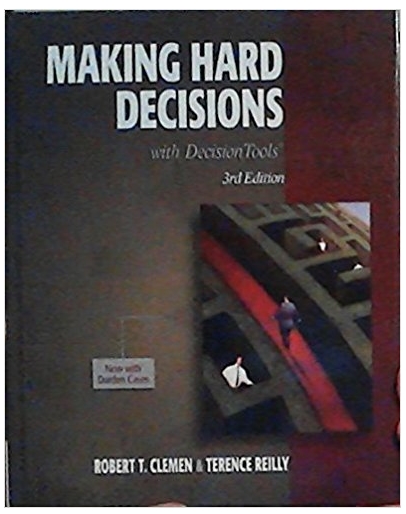In the first eKnow example in which we used binomial probabilities, suppose the results had been that
Question:
a. P (Hit) = 0.2; P (Flop) = 0.8
b. P (Hit) = 0.4; P (Flop) = 0.6
c. P (Hit) = 0.5; P (Flop) = 0.5
d. P (Hit) = 0.75; P (Flop) = 0.25
e. P (Hit) = 0.90; P (Flop) = 0.10
f. P (Hit) = 1.0; P (Flop) = 0
Create a graph of the posterior probability as a function of the prior probability.
Fantastic news! We've Found the answer you've been seeking!
Step by Step Answer:
Related Book For 

Making Hard Decisions with decision tools
ISBN: 978-0538797573
3rd edition
Authors: Robert Clemen, Terence Reilly
Question Posted:






